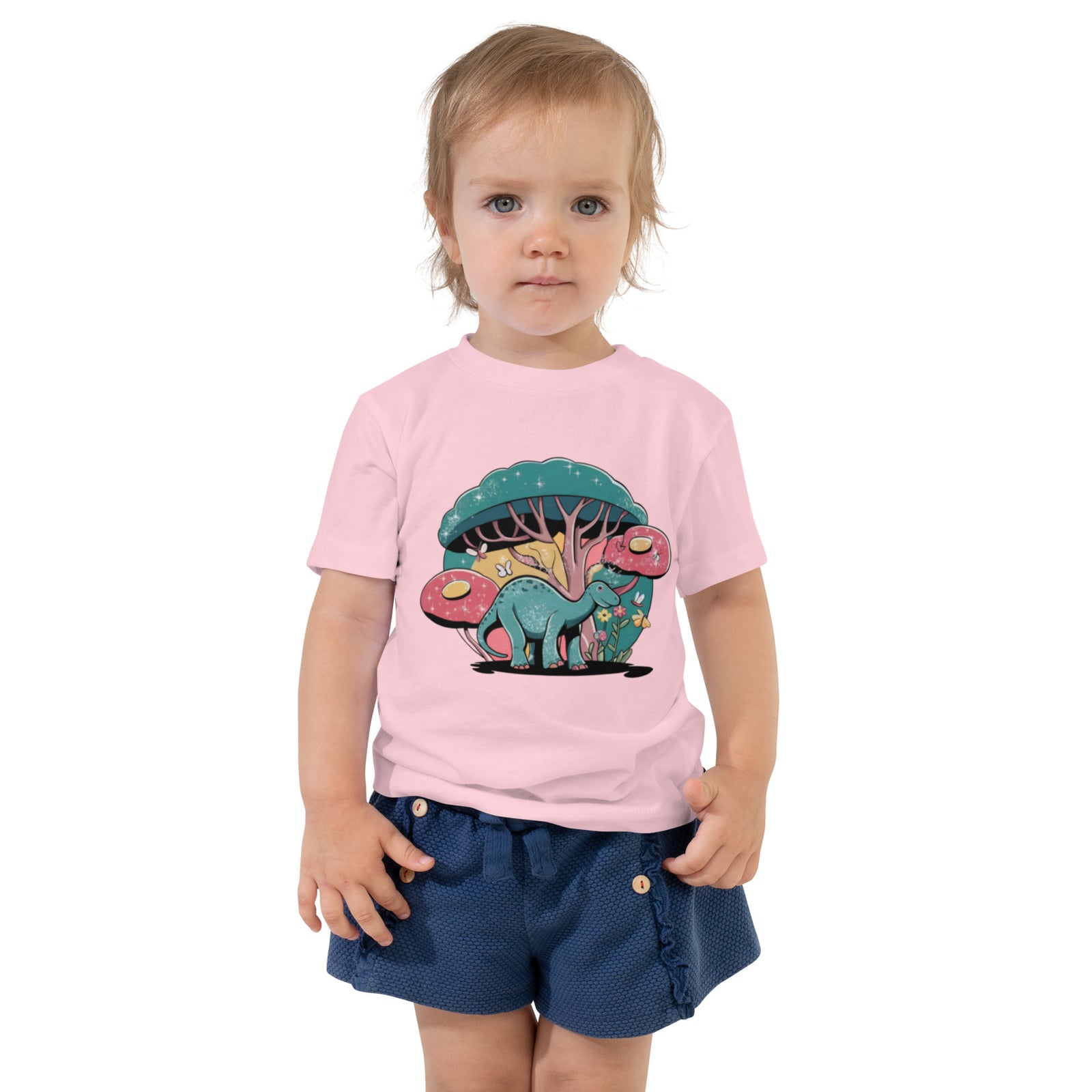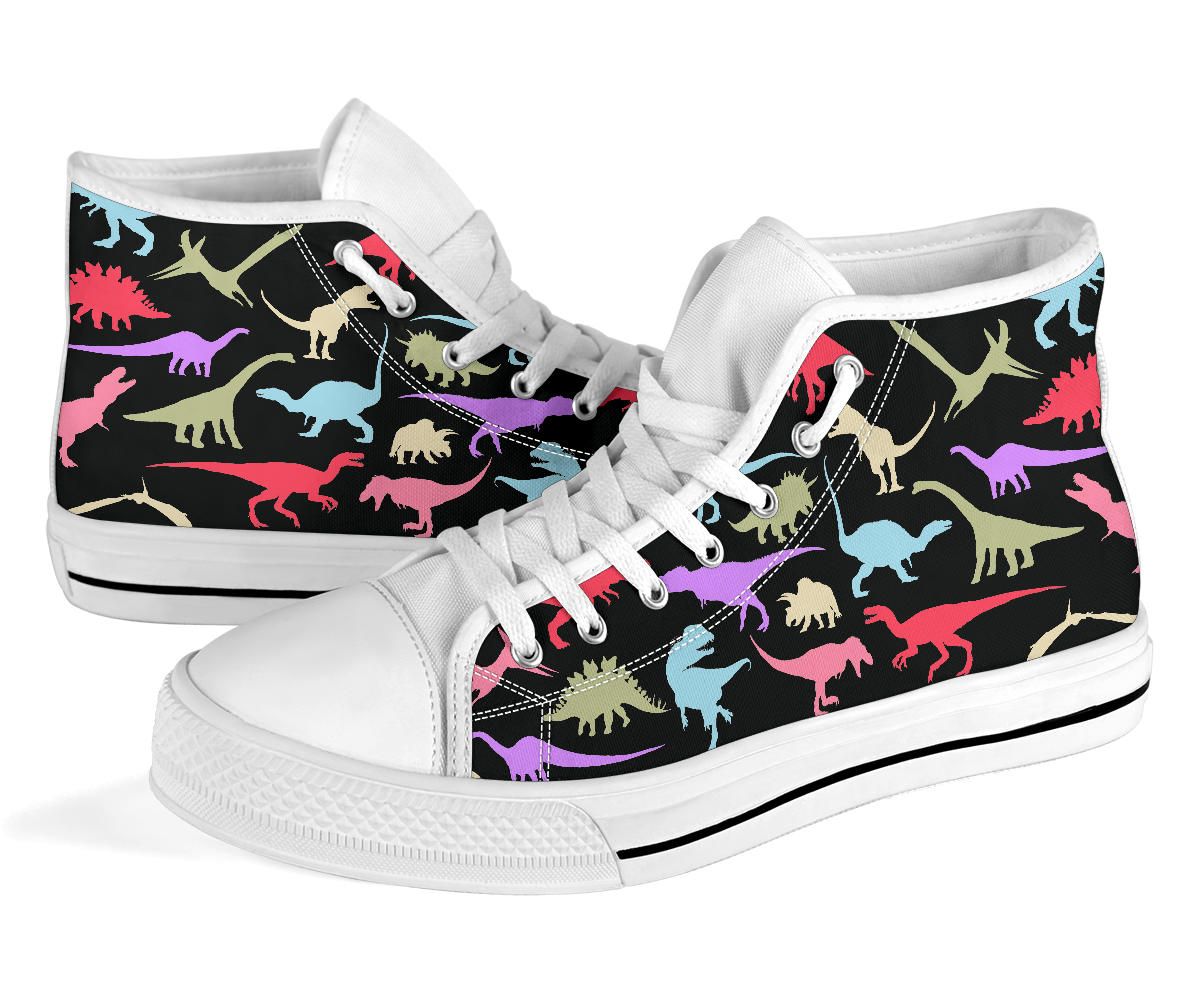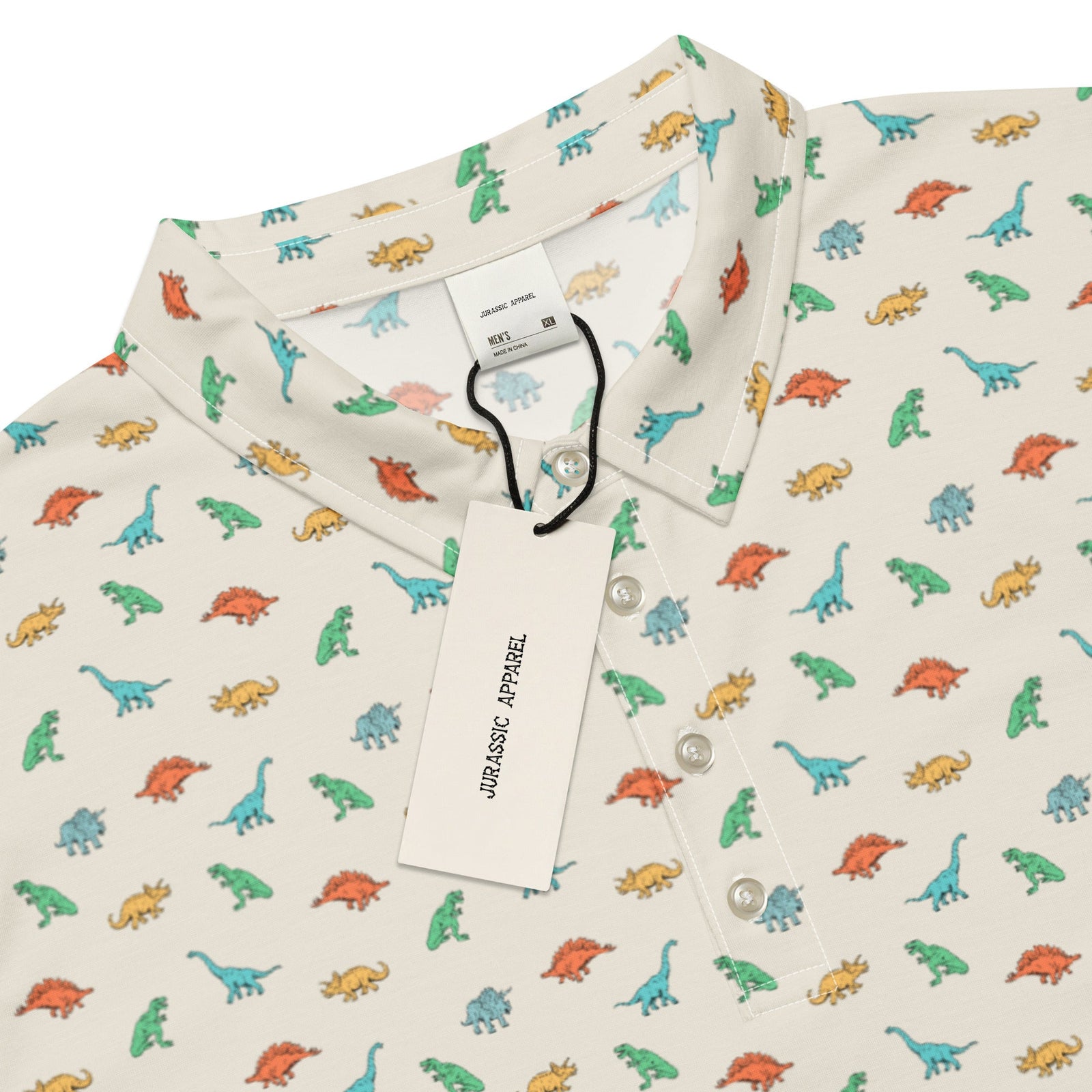Free Shipping On Orders over $75
Free Shipping On Orders over $75
Women's
Men's
Kids
Baby/Toddler
Accessories
Cetiosaurus
July 27, 2024 3 min read

(AI Interpretation)
Cetiosaurus: The Ancient Marine Dinosaur
Dinosaur Facts:
- Dinosaur Type: Sauropod
- Period: Late Jurassic (approximately 155 to 150 million years ago)
- Diet: Herbivore
- Length: Up to 75 feet (23 meters)
- Height: Approximately 30 feet (9 meters)
- Weight: Estimated at 15 tons
- Notable Features: Long neck, bulky body, and an elongated tail
Cetiosaurus for Kids
Meet Cetiosaurus! Cetiosaurus, often referred to as the "whale lizard," was one of the earliest known sauropods and lived during the late Jurassic period. It was a gigantic long-necked herbivore that roamed the lush green landscapes of what is now Europe.
What did Cetiosaurus look like? Imagine a huge creature with a long neck reaching high into the trees. Cetiosaurus had a bulky body and a long tail, giving it a somewhat whale-like appearance — which is where its nickname comes from! Its limbs were thick and columnar, supporting its massive weight.
What did Cetiosaurus eat? This massive dinosaur was a herbivore, grazing on the leaves, ferns, and other vegetation that grew in abundance during the Jurassic period. Its long neck allowed it to reach food that was high off the ground, giving it an advantage over other herbivores.
In-Depth Look at the Cetiosaurus
Anatomy and Physical Features Cetiosaurus was characterized by its long neck and tail, which were proportional to its massive body. This sauropod featured large, robust limbs that facilitated its considerable weight and size, making it one of the largest land animals of its time. Its long neck not only helped it reach leaves from tall trees but also possibly helped it scan its surroundings for predators.
Behavior and Habitat Cetiosaurus likely inhabited floodplain ecosystems, abundant with lush vegetation. It is believed to have lived in herds, providing safety in numbers against predators like Allosaurus. With its long neck, it could feed while standing, limiting the need for constant movement.
Scientific Discovery and Research Cetiosaurus was first described in the mid-19th century, with fossils discovered in England. Initial findings sparked interest in sauropod research and helped lay the groundwork for the study of dinosaurs in general. Paleontologists continue to explore Cetiosaurus's classification, with some debates ongoing about its exact placement within the sauropod family tree. Sources like the Natural History Museum provide comprehensive details about its anatomy and paleobiology (source: Natural History Museum).
Social Behavior and Hunting Techniques While Cetiosaurus was a herbivore and didn’t hunt, its possible herd behavior would have played a vital role in its survival. By congregating in groups, they could more effectively defend against predators, as well as find food resources more efficiently.
Cetiosaurus in Popular Culture Though not as widely known as others like Tyrannosaurus Rex, Cetiosaurus has made appearances in various media showcasing dinosaur life, illustrating the grandeur of the sauropods. Films and documentaries often highlight the diversity of dinosaurs, and Cetiosaurus’s unique features are sometimes included in these discussions (source: Britannica).
Ongoing Research and Discoveries Ongoing paleontological research continues to uncover more about Cetiosaurus, with new fossils and advanced techniques aiding in this process. Studies focusing on isotopic analysis of bones are showing how these giants of the past adapted and thrived in their environments (source: ScienceDirect).
Conclusion Cetiosaurus stands as an incredible example of the diversity and complexity of dinosaurs that once roamed the Earth. With its unique adaptations, social behavior, and role in the ecosystem, this magnificent creature continues to intrigue scientists and dinosaur enthusiasts alike. As research progresses, we can look forward to uncovering even more about the life and times of Cetiosaurus!














